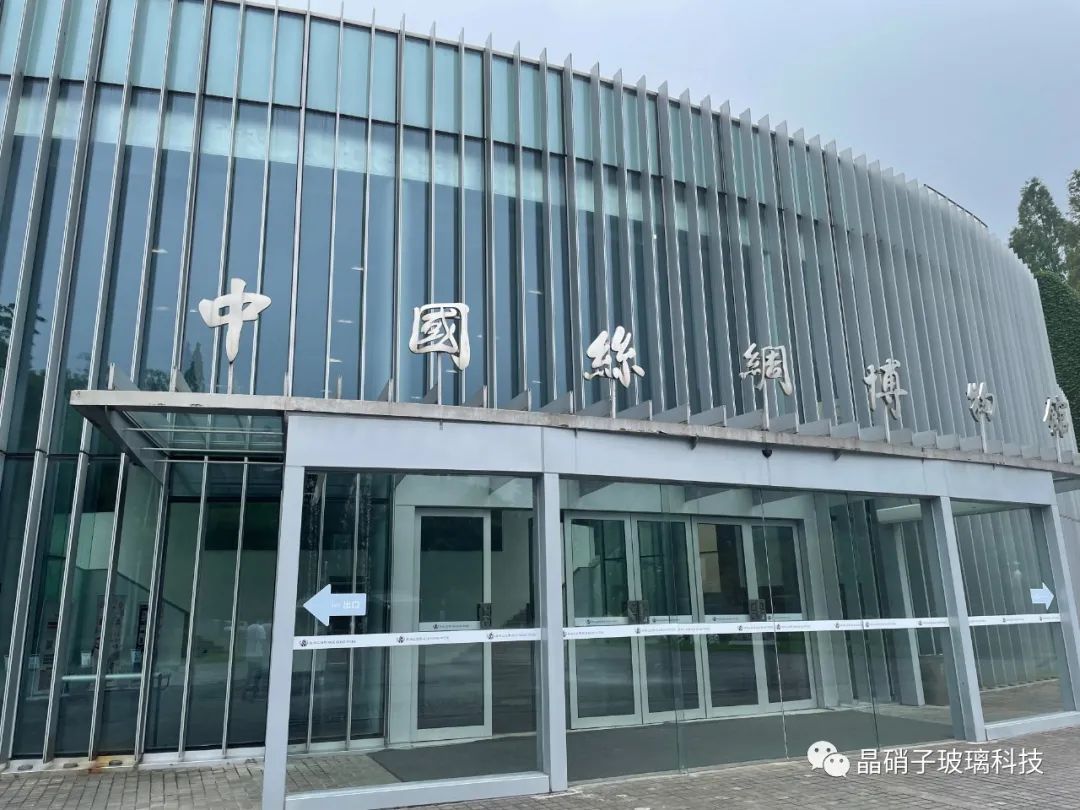
China Silk Museum is located in Hangzhou Xizi Lake, is a national silk professional museum, textile and clothing cultural heritage collection, protection, research, display, inheritance and innovation in one, but also the world's largest silk museum, for the provincial vice-departmental institutions in Zhejiang Province, covers an area of five hectares, building area of 8,000 square meters, the display area of 3,000 square meters in February 1992, the 26th official Opened to the public on 26 February 1992. Former President **** for the museum inscription: ‘Carry forward the ancient silk culture, open up the new Silk Road.’
China Silk Museum shows China's five thousand years of silk history and culture, its basic display includes the Prologue Hall, Historical Relics Hall, Silk Hall, Dyeing and Weaving Hall, Modern Achievements Hall, and other five parts.
Display of silk culture
China Silk Museum shows China's 5,000 years of silk history and culture, its basic display includes the prelude hall, historical relics hall, sericulture hall, dyeing and weaving hall, modern achievement hall, and other five parts. The museum's collection of nearly 70,000 pieces covers all kinds of textiles mainly made of silk, not only clothing, but also shoes, hats, small pieces of clothing, daily necessities, fabrics, and so on. From ancient to modern times, people wear, and use, as long as the textiles involved, the museum probably have a collection.
Silk Road Museum ‘Jin Cheng: Chinese Silk and the Silk Road’ tells the story of the glorious history of Chinese silk for more than 5,000 years and the story of the Silk Road that stretches for thousands of miles. Here, you can see the threads of domestic silkworms unearthed at the Qanshanyang Ruins, which are about 4,200 years old. Qanshanyang site is located in Huzhou, Zhejiang Province, and belongs to the late Neolithic period, the site found silk pieces, silk ribbons, silk thread, etc., is the earliest silk products found in the Yangtze River Basin so far, indicating that the Yangtze River Basin has been sericulture, reeling, silk weaving technology from 4,400 years ago to 4,200 years ago.
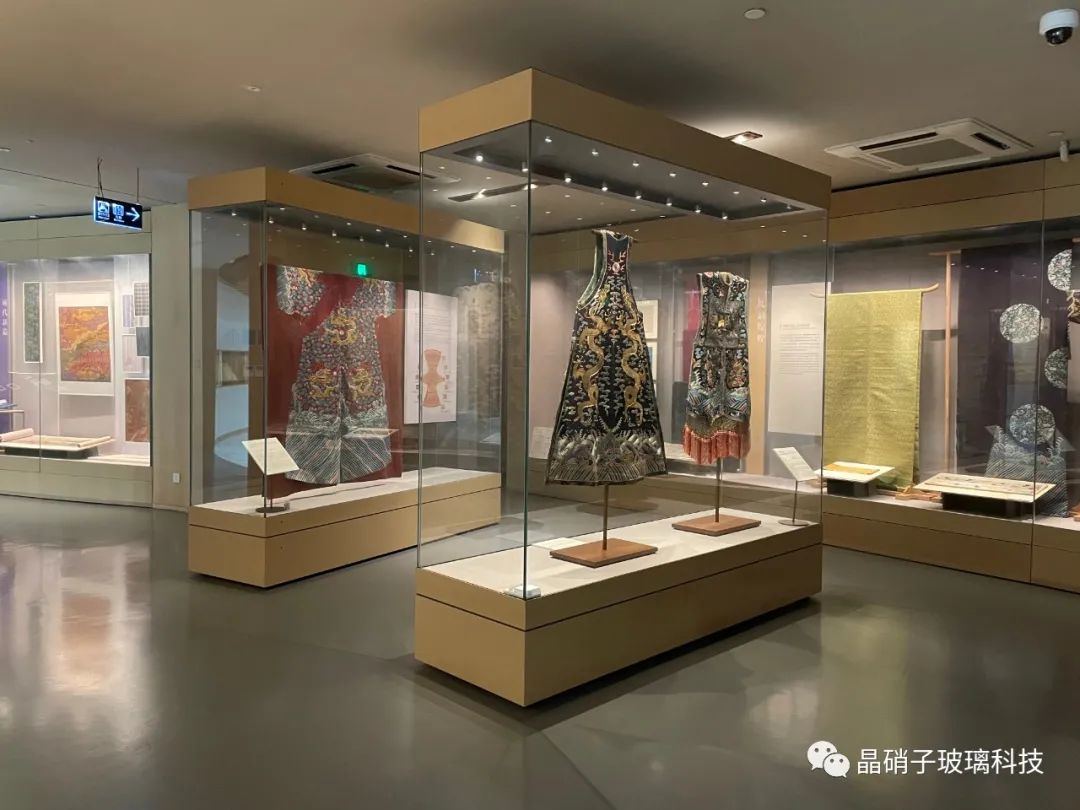
In the Intangible Cultural Heritage Museum, the ‘Heavenly Sericulture: China's Sericulture and Silk Weaving Technique Intangible Cultural Heritage Exhibition’ demonstrates the rich connotation of China's sericulture and silk weaving technique, which is an intangible cultural heritage of mankind, including sericulture, folklore, silk production, dyeing and printing, embroidery, weaving, and other aspects.
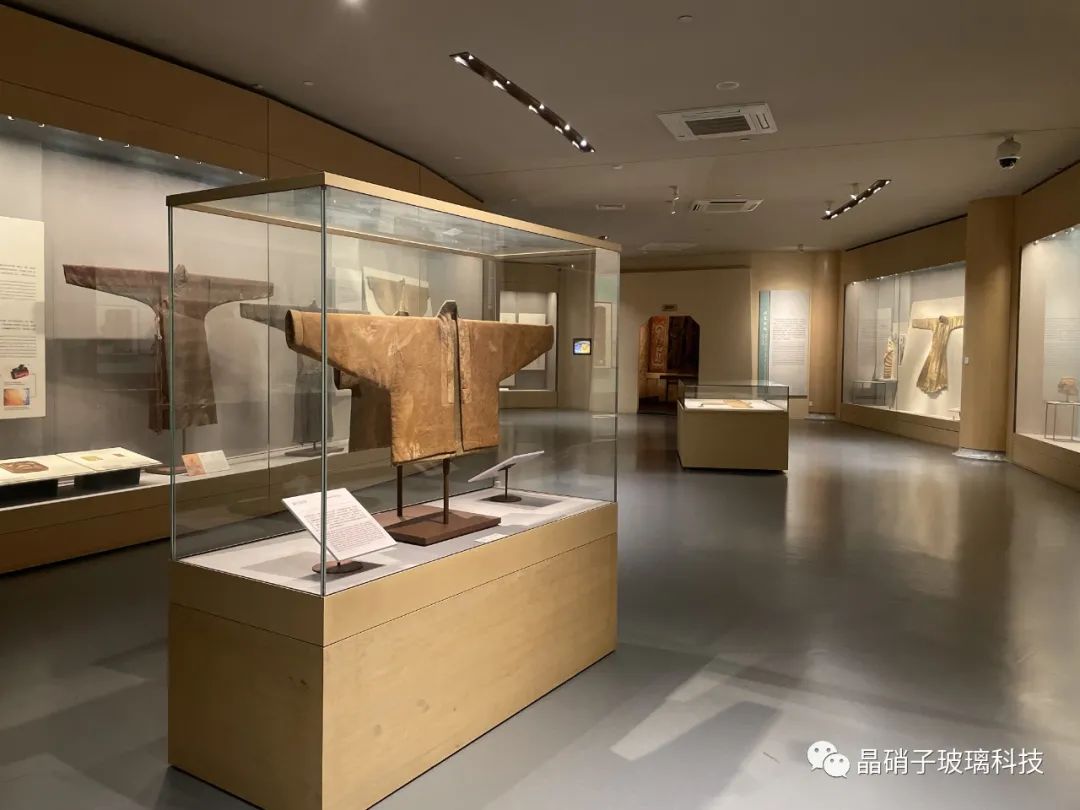
Strolling through the Fashion Museum, ‘The Story of Changing Clothes: The Art of Chinese Fashion’ and ‘From the Field to the City: Four Hundred Years of Western Fashion’ show the evolution of Chinese clothing over the past hundred years, and the trajectory of European and American clothing from the 17th to the 20th century, as well as the characteristics of the times and styles of dress.
The China Silk Museum also houses the Women's Red Workshop, where visitors can experience weaving, dyeing, embroidery, knitting, and other interactive projects. The Museum also has a new Information Centre, which displays samples of modern textile fabrics, archives of precious textile figures, and textile research-related newspapers, books, and audio-visual materials, and can provide loan services.
Experience the Beauty of Silk
China is the birthplace of silk in the world, and the long history of Chinese silk culture has written a colorful chapter in Chinese civilization. The ancient Silk Road linked the East and the West and became an important trade and cultural exchange channel, making remarkable contributions to the mutual appreciation of Eastern and Western civilizations.
‘Jin Cheng: Chinese Silk and the Silk Road’ is the most important part of the basic display of the China Silk Museum. It is divided into eight units according to the historical order, through the Silk Road along the excavated Han and Tang Dynasty fabrics, the northern grasslands of the Liao Jin clothing, the Jiangnan region of the Song Dynasty clothing, the Ming and Qing Dynasty official weaving products, as well as the modern cheongsam and the like scene fabrics, etc., to restore the different periods of cultural exchanges on the Silk Road picture.
In the unit of ‘Zhou Law and Han Rhythm’, you can see the replica of the famous ‘Five Stars out of the East and China’ brocade. This is a small brocade shoulder protector, woven on a green ground with a pattern of clouds, birds, and animals, a circular pattern representing the sun and the moon, and the words ‘five stars out of the East to benefit China’, with a distinctive pattern of the Han Dynasty. The original was unearthed in the Xinjiang Niya site and is prohibited from going abroad (territory) exhibition of national cultural relics. Niya site for the Han and Jin dynasties Jingjie country site, is then a traffic fortress on the southern Silk Road. Replicas made by the China Silk Museum, using the model of the Han Dynasty Jacquard loom excavated from the Han Tomb in Lao Guanshan, Chengdu, Sichuan Province, restoration of the loom, the real ‘Han machine weaving Han brocade’.
The Lotus, Lion, and Elephant Brocade of the Northern Dynasties reflects the fusion of Persian and Chinese cultures. Lion is a common theme in Persian art, but at that time in China is still very rare, with the development of the Silk Road, Persian fabrics in the Central Plains became popular. In this brocade pattern, the lion with its tail up, spitting out its tongue, vivid modeling, reflecting the imagination of the people of that time on this exotic animal. In the pattern gap, but also weave ‘Daji’, ‘Wang’, ‘Yi’, and other words, which are commonly used in the Han brocade expression, expressing good luck and good wishes.
Tang dynasty lion treasure pattern brocade pattern is extremely gorgeous, and was popular at that time ‘ling yang male sample’. Brocade to large areal flowers for the ring, the ring is a standing lion, and outside the ring is a luxuriant flower pattern. This kind of animal pattern in the flower ring was created by Dou Shilun, the Founding Prince of Lingyang County in the early Tang Dynasty, and it is the product of combining the animal pattern imported from the western region and the Chinese aesthetic flower pattern, which is called ‘Lingyang Gong’. This piece of brocade is Liao style weft brocade, obviously the late Tang Dynasty weaving technology characteristics, its pattern with free realistic style, is the ‘Ling Yang Gong’ in the late Tang Dynasty, a typical representative of the popularity of the representative.
In the 15th century, the Great Seafaring Age in Europe opened the way for silk to be imported directly from China to Europe and the U.S. In the 17th and 18th centuries, as trade between the East and the West became more and more frequent, a wave of China's wind was set off in Europe, and Chinese silk fabrics with a strong oriental flavor were favored by the European aristocracy. The exhibition hall presents the silk products sold to Europe through the Maritime Silk Road in the Qing Dynasty, and the umbrella with the white satin ground and colorful embroidered figures is one of the finest products. This parasol was made in the 1860s and 1870s and is made of extremely luxurious materials, with an ivory handle, five **grids of silk thread tassels for the trim, and white satin embroidery for the umbrella surface. The umbrella bone divides the umbrella surface into 8 pieces, each of which forms its picture, from which traditional Chinese auspicious motifs, pavilions, operas, and mythological stories can be seen. The top of the umbrella is decorated with rounded ivory figures of Western women with high noses and white skin. This combination of Chinese and Western and distinctive design patterns was one of the most obvious features of Chinese goods exported to Europe at that time.
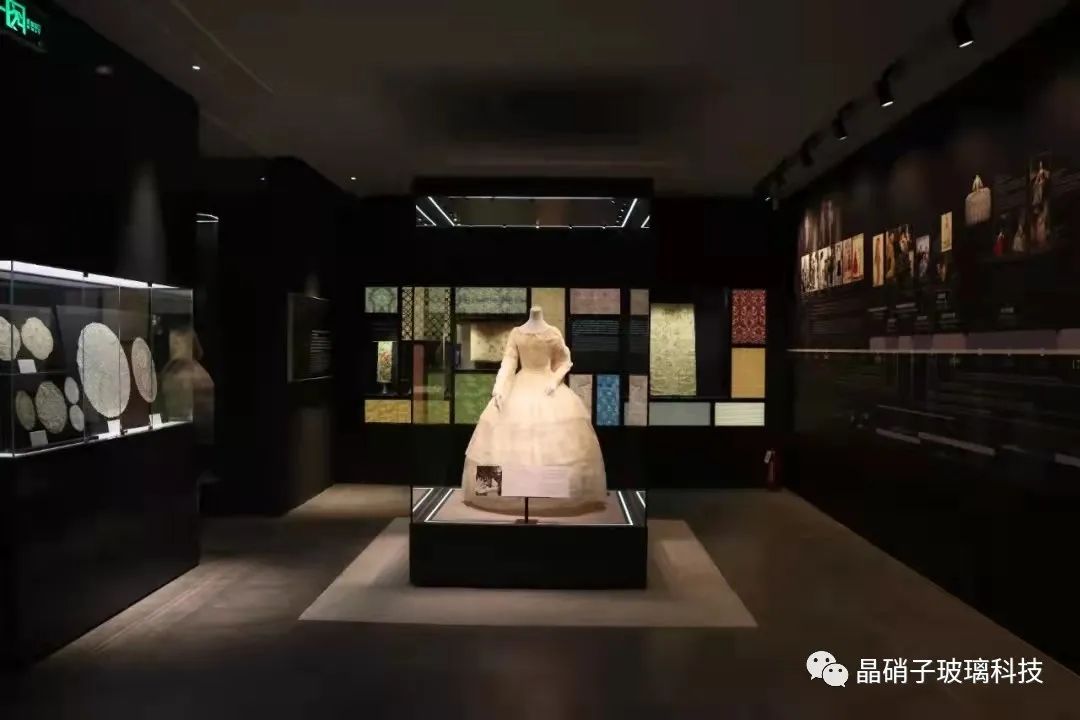
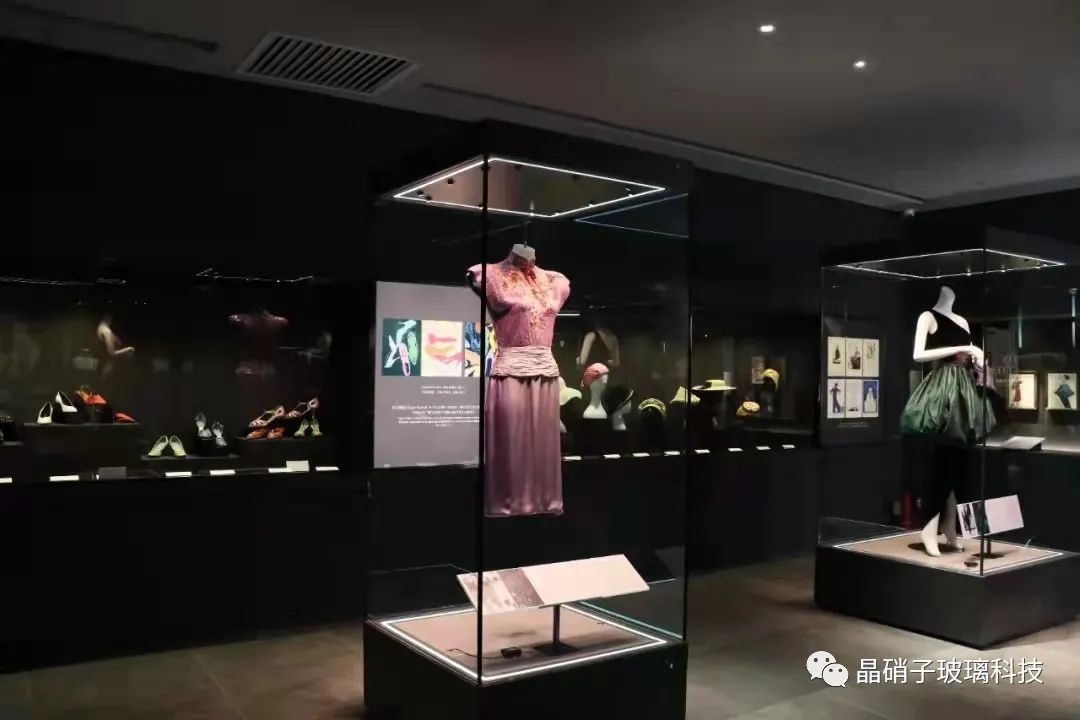
Keeping up with the fashion trend
As a research museum, China Silk Museum has established ‘China Textile Identification and Protection Centre’ and ‘Textile Relics Protection State Administration of Cultural Heritage Key Scientific Research Base’ to carry out scientific research, protection, and restoration of textile relics in the museum's collection and around the world. and restoration of the museum's collections and textile artifacts from all over the world, and cultivated a group of professional talents.
China Silk Museum also actively cooperates with world-renowned textile research institutes and museums in the fields of personnel, projects, exhibitions, and publications, and initiates and establishes the ‘International Silk Road Silk Research Alliance’, ‘Silk Road International Museum Alliance’, and ‘Silk Road and Cross-Road Museums’. ‘Silk Road and cross-cultural exchange center’ and “International Silk Institute”. ‘We have initially built a professional network of international cooperation on silk and textile culture in countries and regions along the ‘Belt and Road’.’ Zhao Feng said.
Crystal Glass Technology, as the service provider of this museum display case glass, how to better display cultural relics and protect their use is our responsibility. We have been focusing on the museum display case glass so that the cultural relics and artworks are perfectly presented.
Latest Exhibition
Tattoo to Reinvent: 30th Anniversary Exhibition of Cultural and Creative Achievements of China Silk Museum
Exhibition Venue: International Silk Art Exhibition Hall, B1 Floor, Fashion Museum
Exhibition Period: 25th February 2022 - 10th June 2022
Preface
In the critical period of transformation from ‘Made in China’ to ‘Created in China’, the importance of cultural creativity is becoming more and more prominent, and silk is an indispensable part of it, and the patterns extracted from silk cultural relics have become an important design resource for silk and other art disciplines nowadays.
As one of the first pilot units of cultural creative product development in national museums, China Silk Museum, based on the results of the national cultural science and technology innovation project ‘Research and Application of Key Technology for Analysis and Design Material Recycling of Chinese Silk Relics’, has developed a complete range of beautifully designed and functional cultural creative products through independent development, cooperation between museums and enterprises, and IP authorization. On the occasion of the 30th anniversary of the founding of the China Silk Museum, this exhibition is formed by sorting out the results of past cultural and creative achievements, and demonstrates the exploration and practice of the innovative transformation and innovative development of the China Silk Museum by using silk patterns, which is ‘texture to re-create’.
Organizer: China Silk Museum
Co-organizer: Hangzhou Jingluntang Cultural Creativity Co.
Chapter One: Jinglun Tiandi
In 2010, China Silk Museum and Kaixiya International Co., Ltd. jointly founded Hangzhou Jingluntang Cultural Creativity Co. As a high-end cultural silk brand in China, Jingluntang develops 62 series of 224 kinds of new silk products by using modern industrial production technology around the themes of ‘Auspiciousness’, ‘Silk Road’, and ‘Year of Clouds’. The company has developed 62 series and 224 kinds of new silk culture products by using modern industrial production technology and has obtained 38 patents and copyrights for the appearance of the products. Among them, ‘Huamei Zhiyuan’ square scarf was selected as the commemorative gift of the G20 Hangzhou Summit (2016) and won the ‘Top Ten Cultural and Creative Products Award of Zhejiang Museum’ in the 12th China (Yiwu) Cultural Products Fair (2017).
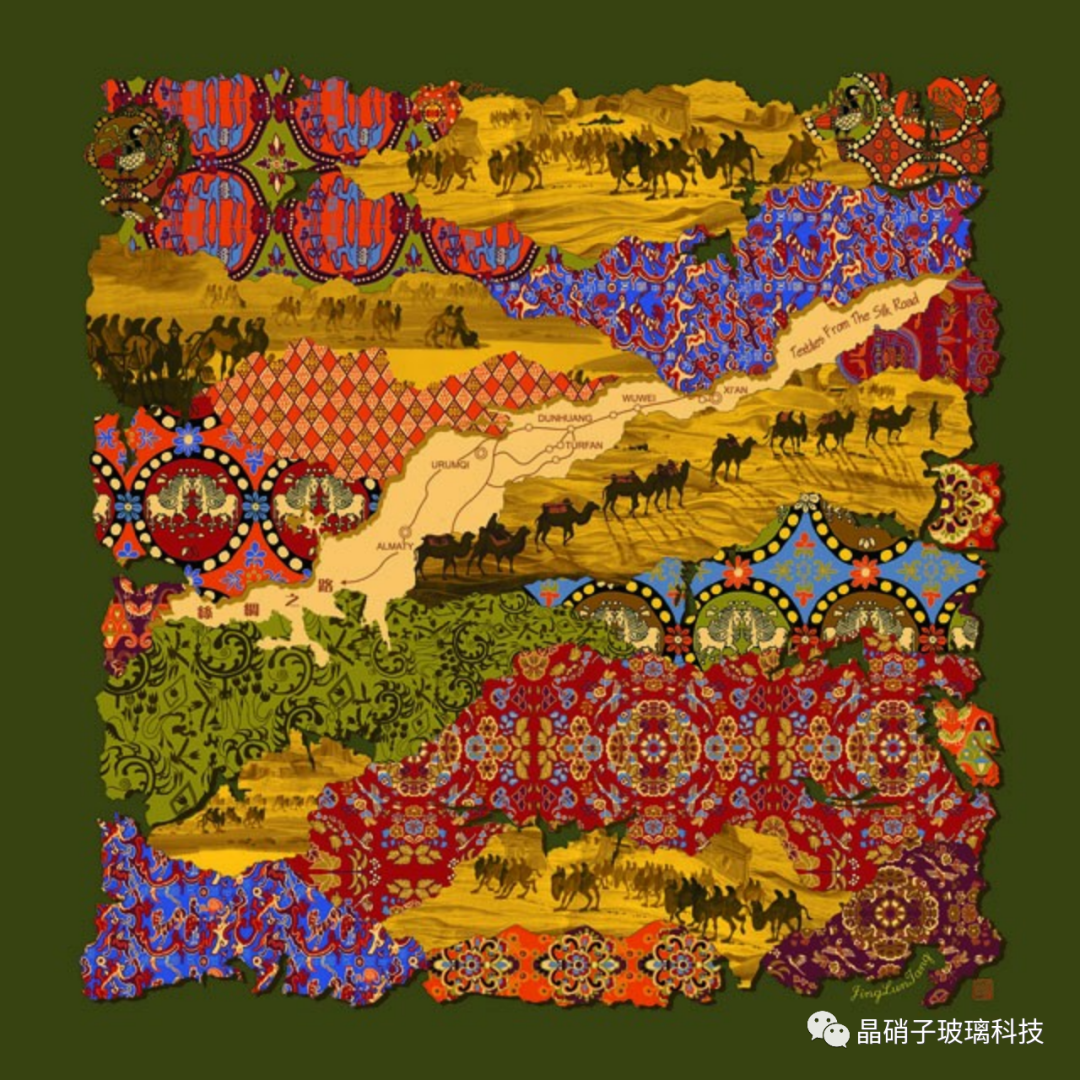
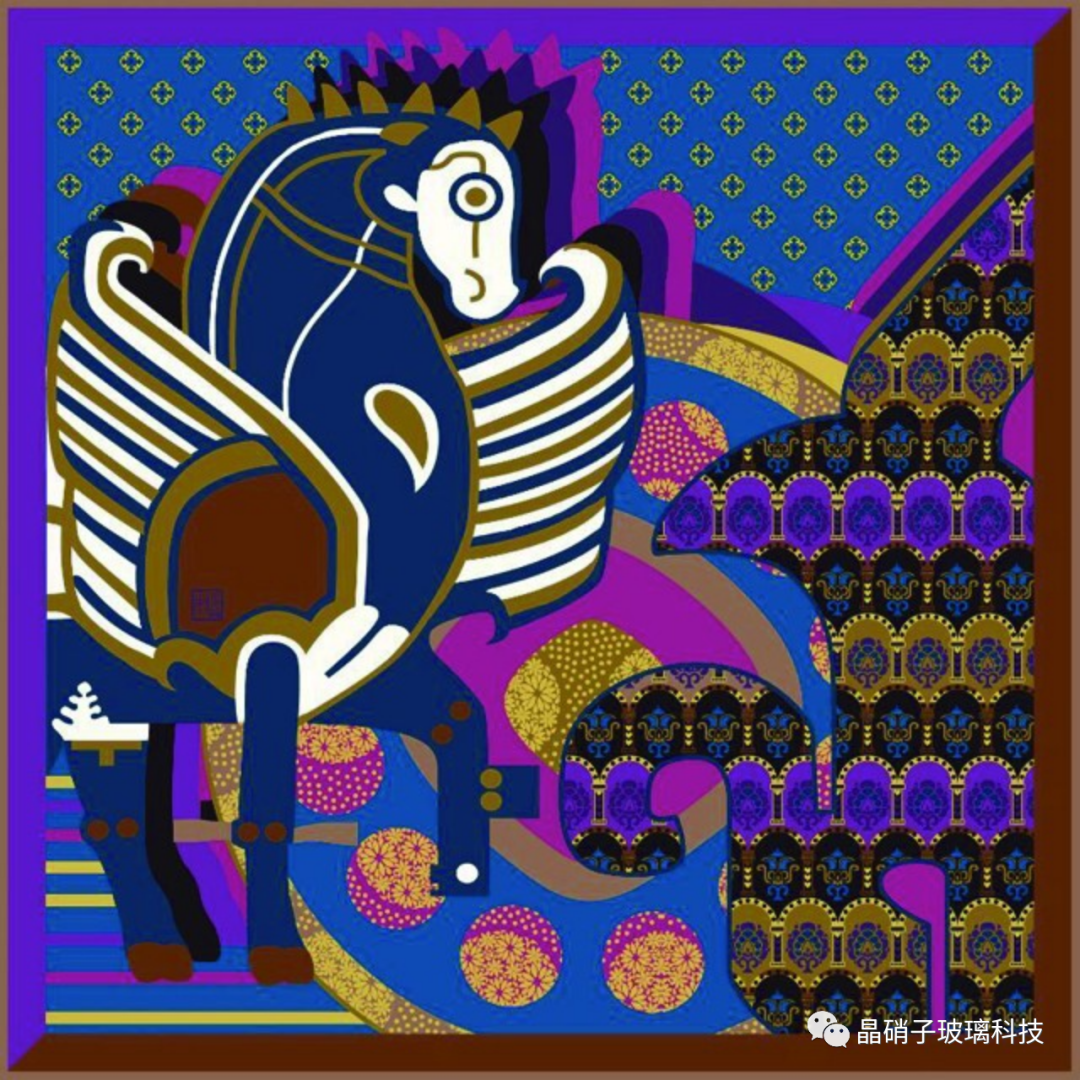
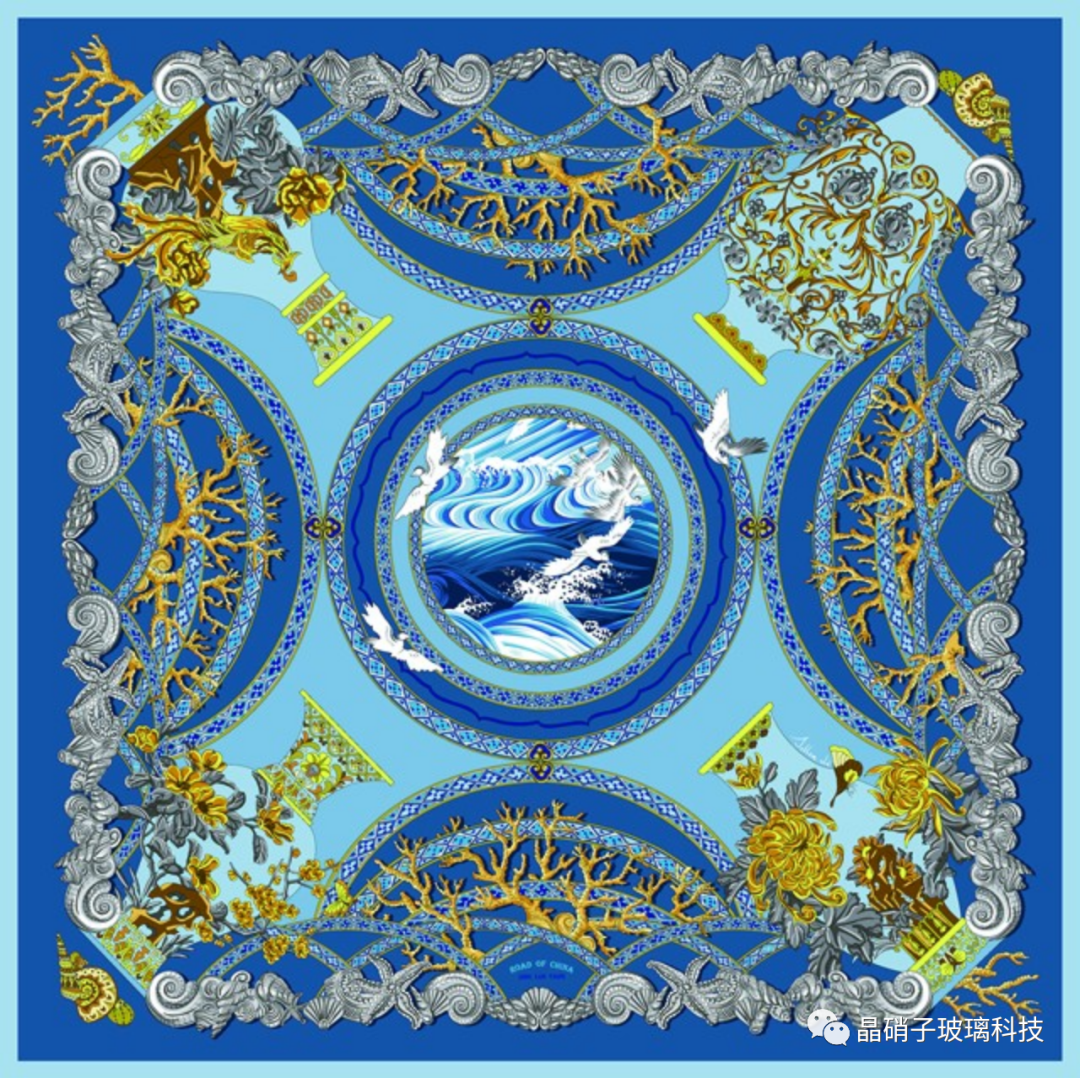
Chapter 2: Jindao Nature
In 2016, the China Silk Museum established ‘Hangzhou Jin Dao Culture and Art Company’. Using the cultural relics resources in the museum, it designs and produces 48 types of cultural and creative products in four series, including cultural goods, clothing, household goods, and decorations, and develops more than 140 types of products in combination with the museum's temporary exhibitions and major events. Among them, the ‘Silk Road Week’ series of cultural and creative products won the Bronze Prize of China Characteristic Tourism Commodity Competition (2020, 2021), the Excellent Achievement Award for Cultural and Creative Product Development of National Museums (2021), the Top 100 Cultural and Creative Products of the Country (2020), the Top 10 Cultural and Creative Products Award of Zhejiang Museums (2020), the Top 10 Cultural and Creative Products Award of Zhejiang Museums (2020), and the Top 10 Cultural and Creative Products Award of Zhejiang Museums. ), Excellent Award of Top Ten Cultural and Creative Products of Zhejiang Museum (2020).
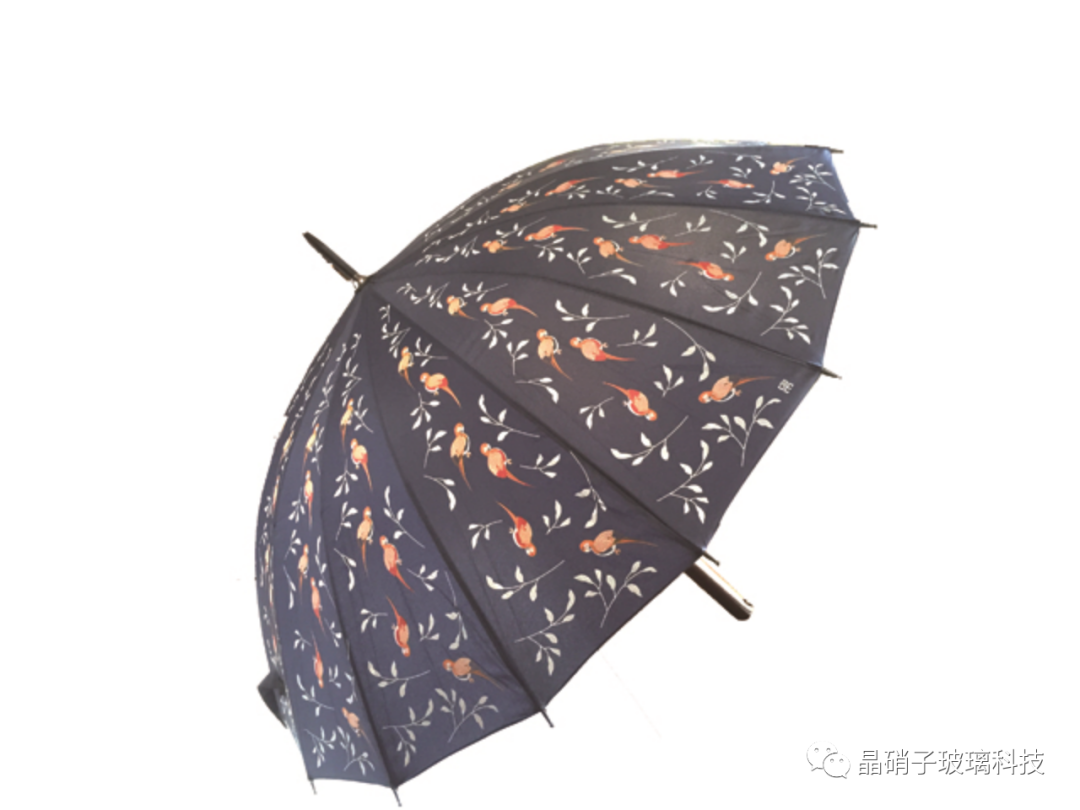
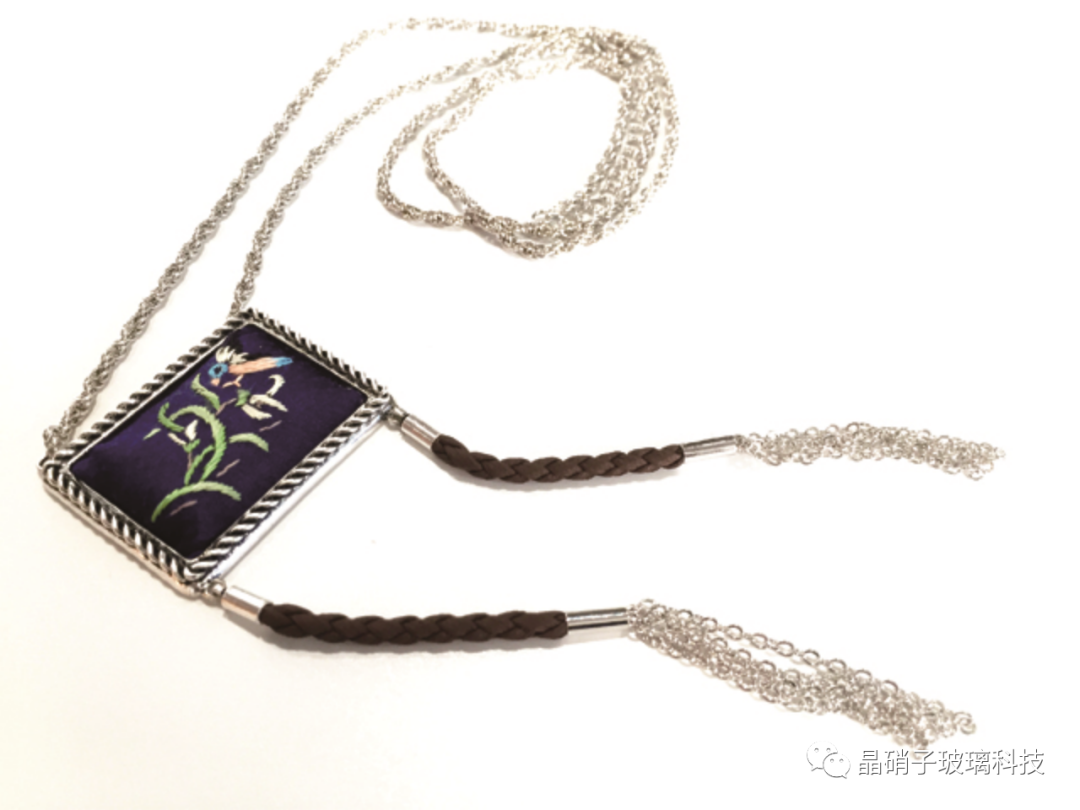
Chapter 3: Microsoft Ice
In 2018, the China Silk Museum cooperated with Microsoft Research Asia to design and produce ‘Song Elegant Rhythm’ products using the artificial intelligence of ‘Microsoft Ice’, which incorporates a variety of Song Dynasty silk patterns and is very Song rhythmic and fashionable. This cooperation is not only a useful attempt at AI design in the field of inheritance and development of silk culture but also an important part of the ‘Internet+Chinese Civilisation’ demonstration project of the State Administration of Cultural Heritage, which is ‘Development of IP of Ancient Chinese Silk Patterns and Construction of Internet+ Operation Platform’.
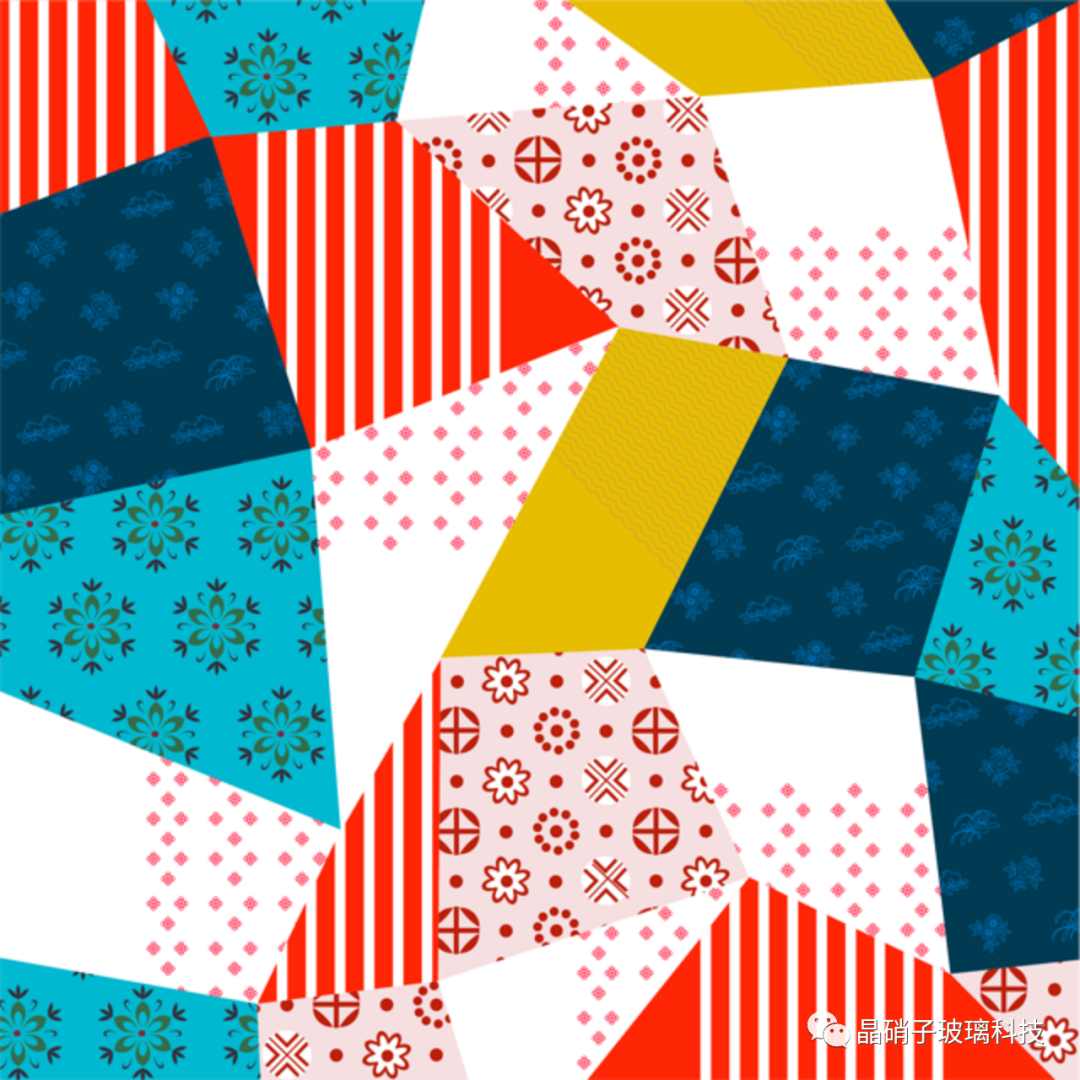
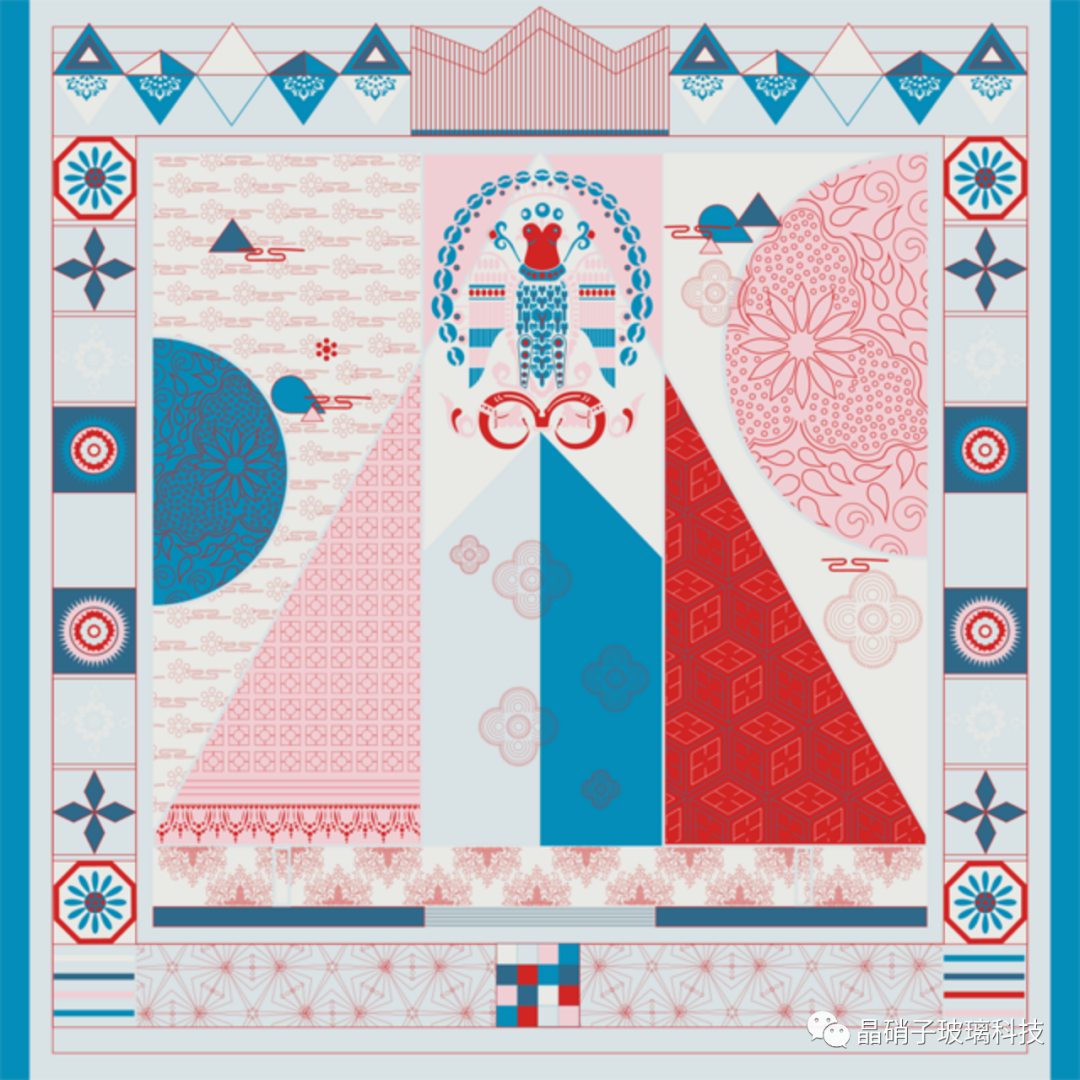
Contours of Fashion: Selected Western Collections of the China Silk Museum Exhibition
Exhibition Venue: Hangzhou Mansion, 5th Floor, New Building B
Exhibition Period: 26 February 2022 - 22 May 2022
Clothing is often referred to as the second skin of the human body. It is a functional skin that protects the body from wind and rain and keeps it warm; it is also a cultural skin that reflects the wearer's background, identity, aesthetics, habits, and spirit. This layer of skin and the human body's skin has been torn for a long time, it is sometimes to pinch the woman's waist to a slender, and sometimes more than the skirt drag occupies a huge area; it is sometimes to be extremely extravagant, flaunting the city, and sometimes to be low-key simplicity, back to basics, focusing on function. The outline of the clothing reflects the style of the times, the development of the times in politics, science and technology, the economy, and people's thinking of the profound changes in the miniature reflected in the body tailoring on top of this one.
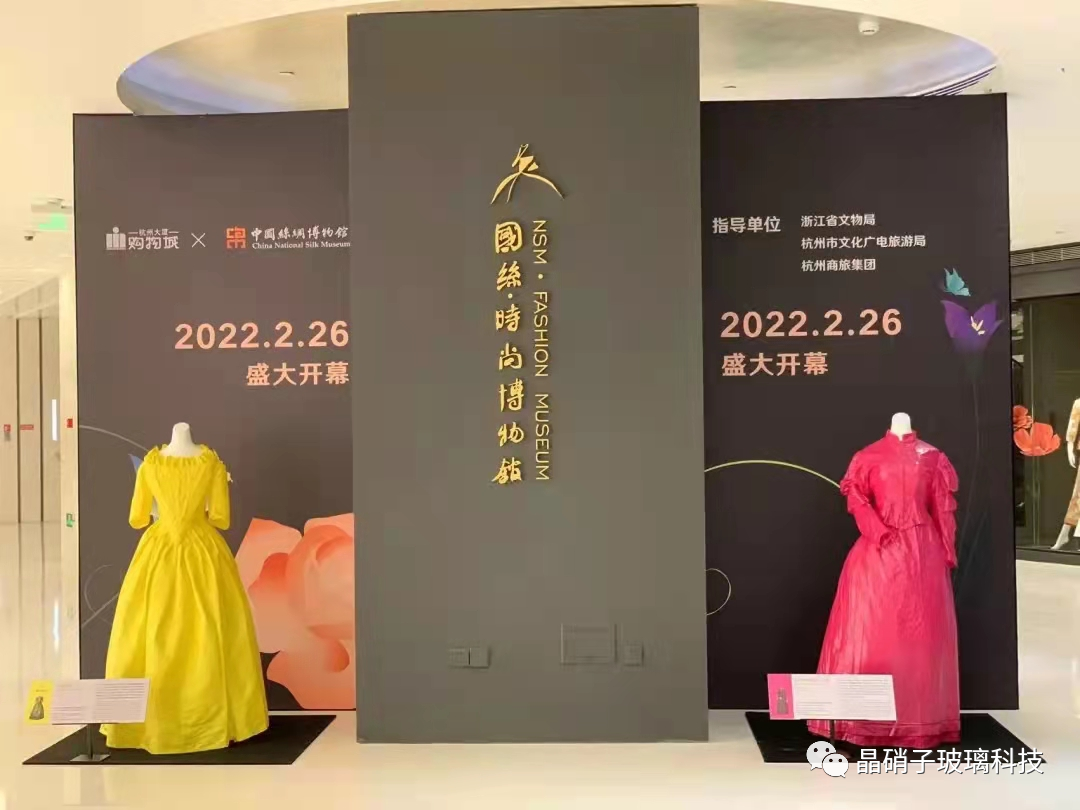
On the occasion of the 30th anniversary of the museum, as the first exhibition of the China Silk Museum in Hangzhou Mansion, the museum selected about 80 pieces of Western fashion from its collection of nearly 40,000 pieces and displayed them in the ‘National Silk Museum of Fashion’. Inside the museum, there are mainly 18th-20th century Western costumes, such as 18th-century corsets and 19th-century Romantic dresses, etc. In the mid-19th century, designers appeared as a profession, and the exhibition also featured famous designers such as Jeanne Lanvin, Pierre Balmain, Yves Saint Laurent, and many others. The exhibition also features works by famous designers such as Jeanne Lanvin, Pierre Balmain, Yves Saint Laurent, and many others, along with shoes, hats, and handbags, reflecting the rapid development of fashion design in the 20th century.






